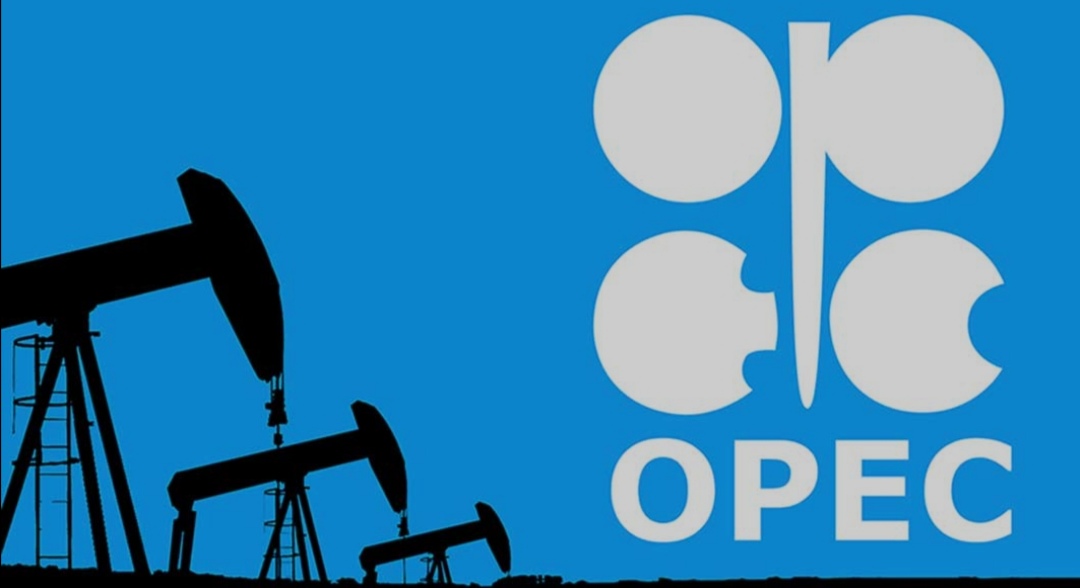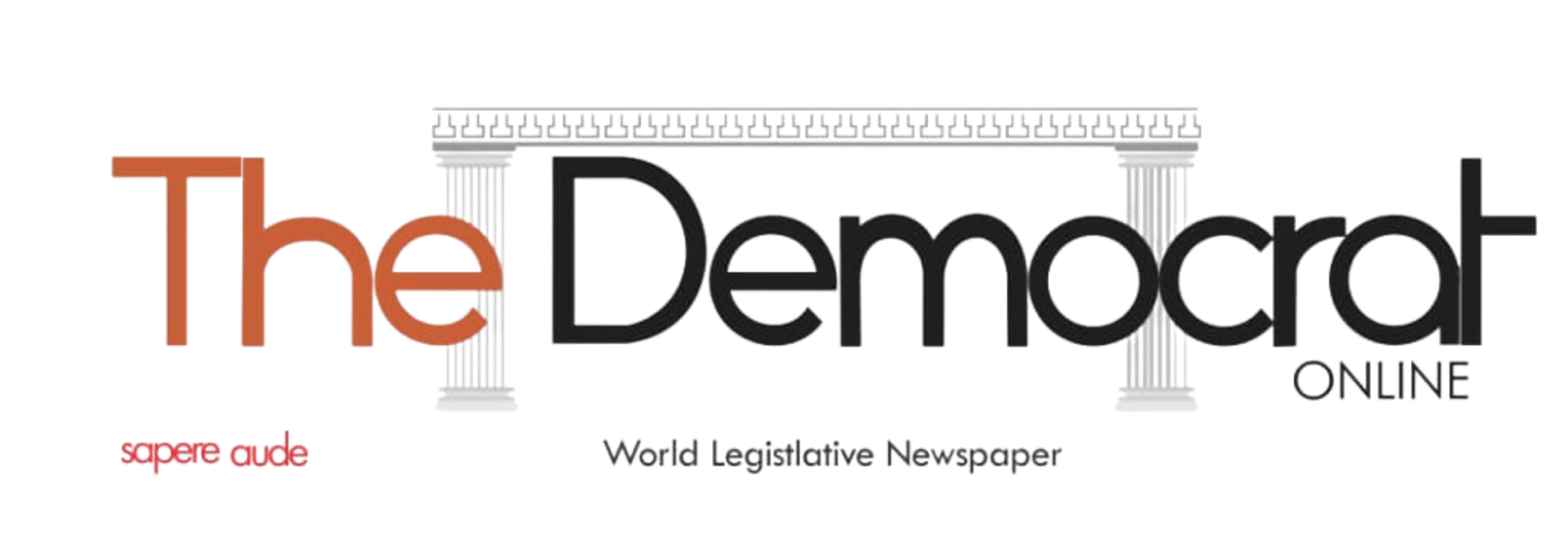
In a recent report to Rigzone, Standard Chartered Bank analysts, led by Commodities Research Head Paul Horsnell, described the April 3 OPEC+ policy shift as highly significant. They noted the market was caught off guard by the accelerated unwinding of voluntary production cuts, though signs had been building for months.
The analysts also referenced a September warning that Saudi Arabia might speed up the phase-out of cuts if other members failed to meet their commitments, highlighting long-standing tensions around compliance.Standard Chartered analysts noted that after months of ineffective compliance efforts, OPEC+ has now moved to accelerate the unwinding of voluntary cuts.
They outlined three key points: the move targets only OPEC+ members, not external producers like U.S. shale; the scale of the adjustment won’t cause a Q2 supply surplus due to current market tightness; and the decision was internally driven to enhance OPEC+ effectiveness and credibility, not influenced by external pressure.Standard Chartered analysts clarified that OPEC+’s policy shift is not a direct attempt to gain market share, but rather a move to enforce stronger compliance within the group. They acknowledged, however, that non-OPEC+ producers—like U.S. shale—may still feel the financial impact similarly.
The analysts also noted that U.S. shale output was already poised to slow due to limited hedge protection and challenges stemming from U.S. tariff policies, rather than OPEC+ actions.Standard Chartered analysts emphasized that OPEC+ policy ranks low among the causes of U.S. shale’s current downturn, citing tariffs, cost inflation, poor hedging, geology, and financial risk as more critical factors. They also noted that despite the accelerated phase-out of voluntary cuts, their model still predicts a market draw, and U.S. tariff impacts aren’t enough to create a significant Q2 surplus. This makes the current OPEC+ move unusual, as past production increases typically led to immediate market imbalances and inventory builds.
Standard Chartered analysts say OPEC+ policy is a minor factor in U.S. shale’s decline, citing tariffs, costs, and financial risks as bigger issues. Despite the cut phase-out, their model still shows a market draw, and U.S. tariffs won’t cause a Q2 surplus. Unlike past moves, this OPEC+ increase hasn’t led to immediate oversupply.Standard Chartered analysts said the latest OPEC+ move hasn’t caused a spike in inventories. They dismissed any link between the U.S. tariff announcements and OPEC+ policy, despite the timing.
They noted OPEC+ wasn’t acting on a U.S. request, and that U.S. actions alone have already pushed prices down by fueling recession fears.Standard Chartered said U.S. tariffs amplified OPEC+’s message but didn’t trigger the policy, which had been planned and was overdue. Rigzone contacted key U.S. and OPEC bodies for comment but received no response.OPEC’s April 3 release stated that eight countries will raise output by 411,000 bpd in May 2025—three months’ worth of planned increases.
The move remains flexible, allowing pauses or reversals based on market conditions, aiming to support stability and help members meet compensation goals.The statement further noted that the eight countries reaffirmed their commitment to the voluntary production cuts agreed during the 53rd JMMC meeting on April 3, 2024.They also pledged to fully offset any excess production since January 2024 and to submit revised, front-loaded compensation plans to the OPEC Secretariat by April 15, 2025, which will be made public on the Secretariat’s website.Additionally, the group will hold monthly meetings to assess market conditions, compliance, and compensation progress. Their next meeting is scheduled for May 5 to determine production levels for June.



